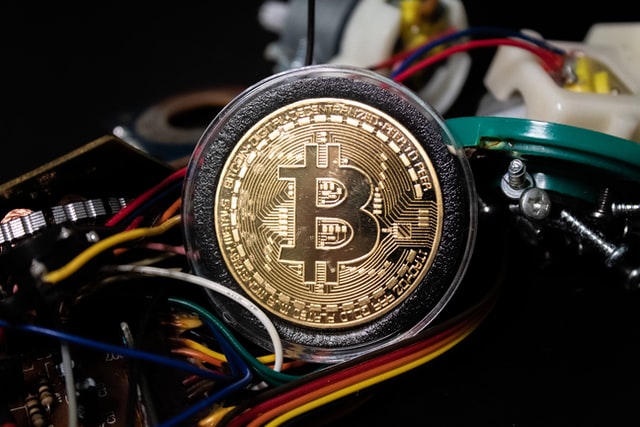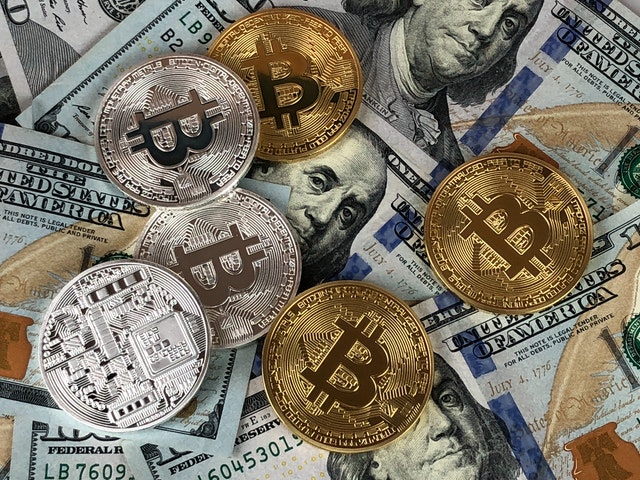
One innovation that is much appreciated and explored today is Blockchain technology. This is widely used across industries to improve efficiency, reduce the turnaround time of transactions, cost efficient investment, avoid manual ledgers and some others while being safe, protected and secure. This article discusses how blockchain technology is significantly used for the banking services sector.
Participating parties provide trust and agree to a contract without middlemen because of blockchain technology making it’s role incomparable in banking services. Furthermore, it delivers smart contracts which can automate manual processes like compliance, claims and content distribution. Blockchain however has all the power to destroy the banking industry and enable new business process because of its advantages enumerated below:
Improved payment transactions
Using blockchain seems to be more profitable for the banks promising to lower fees. Reports show that over 300,000 Bitcoin transactions happen per day. If you’re not aware, Bitcoin Cash and TRON are recognized for extremely low priced transactions. Based on the news, Ethereum network settled USD 1 Trillion for 2020 while cross border remittances generated USD 224B for 2019. Those are just some of the improved payments provided by Blockchain.
Efficient Cross-border transactions
Sending and receiving money around the world has been a very difficult task and it takes forever for the banks to clear. It’s been a tedious and painful process for both the banks and consumers. They both have to deal with multiple currencies, service fees, tax allocation and dividends. Not to mention challenges like transparency, system-level variation and the volume of transaction. Blockchain projects like Ripple and R3 connect the financial institutions to the common leger, thus, improving the efficiency of cross border transactions.
Secured and protected transactions
The development of Blockchain secured the sites too. Investors are now cautious and careful in purchasing tokens that are not qualified since the evolution of smart contracts. Financial institutions implemented the incorporation of international Know-Your-Customer (KYC) and anti-money laundering (AML) rules to prevent users from fraudulent transactions. The use of blockchain is almost an instant way of doing transactions as it also facilitates round the clock trading with all the securities and compliance measures.
How Blockchain Technology is used in Banking

Balances and Deposits
We have been using banks to hold deposits in checking and savings accounts. Little that we know that the money we deposit was being loaned by the bank via fractional reserve banking. When we view our balance it will show as complete and not held by the bank but during bank run, it may cause the bank to fail when too many customers attempt to withdraw the money all at the same time and the money just isn’t there. A bank account balance so to speak is just an accounting entry which is ultimately a ledger represented by the blockchain. Bank accounts therefore, could also be represented on blockchains making them more secure, accessible and cheaper to maintain. Above all, it could help prevent the risk of bank runs.
Secondary Market Trading and Clearing
The most basic purchase of a company’s shares up to the complex over-the-counter currency exchange requires days of clearing and settlement of trades. Ownership of the contract being traded must be verified and recorded. Exchange fees and clearing fees nowadays are added to the cost of each trade and can increase based on the amount to be exchanged. If blockchain existed in the ownership of shares and any changes would be validated and confirmed immediately, the transaction costs and clearing costs for all sorts of assets or classes would be reduced. This ranges from stocks to bonds to derivatives to commodities to real estate management. In the near future, known institutions like the New York Stock Exchange or the Chicago Board of Trade may be replaced by a distributed ledger technology that is more secure, agile and cost effective to run and operate.
Buying and selling assets
Financial networks accomplish the buying and selling of stocks, commodities or debts through brokers, clearinghouses, central depositories and custodian banks. This process is extremely slow and prone to deception since you keep track of assets based on who owns what which is an outdated system of paper ownership. With blockchain in place, the financial market was able to create a decentralized database of digital assets. With no middleman in the picture, asset exchange fees become lower and the process is faster. Bitcoin and Ethereum are currencies which focus on purely digital assets, but many blockchain companies are now working on possibilities that would tokenize real-world assets such as gold or real estate.
Blockchain will have to prove several conditions before becoming a mainstream technology in banking as believed by the banking executives. To utilize and maximize the advantages of blockchain, banks initially need to develop the infrastructure required to operate a global network using matching solutions. When fully introduced, blockchain will enable banking institutions to process payments faster and more secure, all the while reducing transaction fees and other costs. In general, banking applications will provide a better customer experience and will help traditional banking institutions to compete with financial tech neophytes with blockchain in place.
